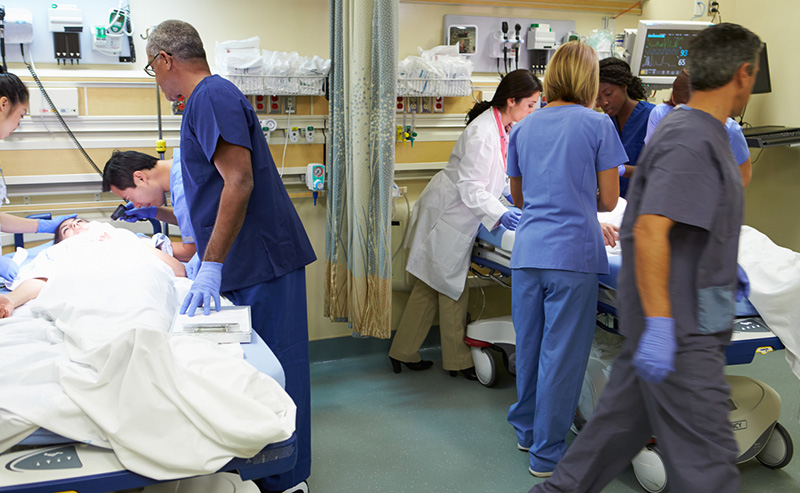Hopefully, it won’t come down to an outbreak of the new Wuhan coronavirus (2019-nCoV) to find out the answer to that question. Hundreds of cases of the infection, which is closely akin to the deadly SARS virus, have been reported in Asia and at least six people have died due to illness-related complications, primarily pneumonia. A hospital in Washington state is also now treating the first case of 2019-nCoV in the United States. Chances are, it won’t be the only one.
Medical experts have confirmed that the virus can be transmitted between humans, not just from animals to humans as previously thought. Further, it’s peak “China to U.S.” travel season due to the Chinese Lunar New Year on January 25, 2020, so the number of people potentially exposed to the illness will undoubtedly rise (and rise fast). This combination of factors creates the perfect storm for a global public health emergency.
As a preemptive measure, the Centers for Disease Control (CDC) dispatched officials to three major airports in Los Angeles, San Francisco, and New York, days ago to begin screening passengers. It’s now expanded the screenings to two more airports: Chicago O’Hare International and Hartsfield-Jackson Atlanta International Airport. Those traveling to the U.S. from the city of Wuhan, China (where the virus first appeared), are now being checked for signs of the infection. If suspected, these individuals, along with those traveling with them, are being transported to designated area hospitals.
Whether your healthcare facility is among the ones receiving these possible cases or, like the hospital in Washington state, finds itself contending with the new virus, it’s important to be prepared. That means, among a litany of other things, knowing how to respond to a medical surge event.
The U.S. Department of Health & Human Services (HHS) describes medical surge as “the ability to provide adequate medical evaluation and care during events that exceed the limits of the normal medical infrastructure of an affected community. It encompasses the ability of healthcare organizations to survive a hazard impact and maintain or rapidly recover operations that were compromised (a concept known as medical system resiliency).”
Health care organizations know that planning for a medical surge event, though required, is no easy task. It demands a considerable amount of time, input from numerous and varied resources (internal and external), and of course, a whole lot of collaboration. Fortunately, there are tools, such as the BOLDplanning.com platform, available to streamline the emergency/continuity planning process, as well as subject matter experts who can provide guidance.
Now that another new and potentially deadly virus is lurking, and the World Health Organization (WHO) may deem it a global health emergency, it’s probably a good time for a preparedness check-up (so to speak).






